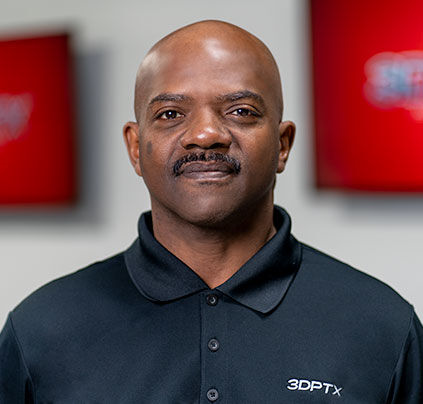From artwork and historic buildings to monuments and other priceless artifacts, technologies like 3D scanning and 3D printing are often called on to help restore and preserve touchstones of history. A recent example is a 193-year-old sterling silver menorah that belongs to the Mollie and Louis Kaplan Museum of Judaica at Congregation Beth Yeshurun, which houses more than 700 historical pieces dating as far back as the 17th century. Made in Russia in 1827, this menorah stands almost two feet tall, and features eight hinged oil lamps in the form of lions; unfortunately, one of the lions went missing sometime in the last thirty years.
Dr. Daniel Musher is the curator of the museum, and asked Houston-based service bureau 3D Print Texas for help in restoring the menorah by recreating the eighth lion. What’s interesting about 3D Print Texas is that the business development manager is former NFL football player Herman Fontenot, who was a running back for the Cleveland Browns from 1985 to 1988 and also played for the Green Bay Packers. He moved back home to Texas in 2012, and has been with 3D Print Texas since 2015. Fontenot, along with the rest of the engineers and designers at the business, were excited to take on the job.
“It was amazing. And (Musher) is amazing. When he was talking about the menorah, he just knew everything about it. And he gave us more detail than you could possibly write,” Fontenot said.
3D Print Texas relied on both ancient and modern techniques during the multi-step process of recreating the missing lion for the menorah. First, HTS Advanced Solutions took a 3D scan of one of the original silver lions, but while the basic outline of the lion was captured, a lot of the smaller details just weren’t showing up due to the silver’s high reflectivity. So the 3D sculpting program Blender was used to add fine details to the 3D file in order to create a better outline of the lion.
PolyJet technology was deployed to print several prototypes, just to make sure that the details would be visible in the final piece. 3D Print Texas provided the 3D scan file to local jeweler Noah’s Diamonds, which then performed a lost-wax casting technique that’s been used for almost 6,000 years to create the replica lion. The last step was adding a patina to the silver casting so it would look just like the other lions. Fontenot said it is indistinguishable from the others on the menorah.
“When (Musher) came in finally, when we thought we had it, it just blew our minds. He was in such disbelief that he couldn’t tell (the new lion) from the other (lions) that were from (1827),” Fontenot said.
The 3D Print Texas team delivered the silver lion to Dr. Musher at the museum just in time for Chanukah last month, and it has now been installed on the menorah, replacing the missing lion.
Fontenot explained that using 3D scanning, 3D sculpting, 3D printing, and lost-wax casting to recreate the lion for the menorah was “one of the most gratifying tasks” the team at 3D Print Texas has ever completed.
“He couldn’t praise us enough. Nobody has ever picked up anything we’ve 3D printed with so much gratitude,” he said about Dr. Musher. “(For us) it was a project, it was a part. But no, not to him. Not to him at all. The gratification came to me when Dr. Musher sat down with us all and explained in detail what it meant to him and others at the Kaplan Museum.”
(Sources: Cleveland Jewish News, 3D Print Texas)
